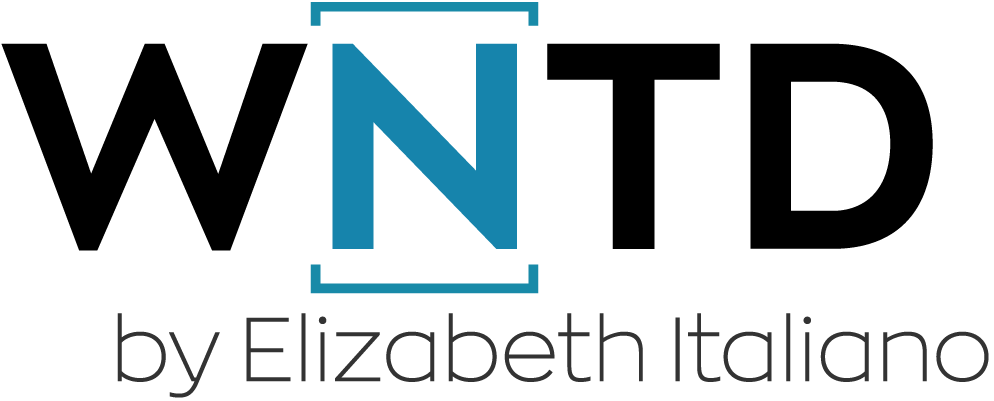In a previous post we tackled the question of ‘what is customer success?’. In case you didn’t read it, or need a refresher, our definition of Customer Success is proactive enablement. This is the high level 100,000 foot overview of what Customer Success means to us. It’s about being in a position to proactively enable your clients to be successful.
An additional aspect of your CS strategy that is important to evaluate is your structure. How will you support your organization in achieving your definition of Customer Success?
I believe there are five vital steps in order to adopt a customer first culture in your organization:
- Define Customer Success for your organization.
- Establish executive buy-in.
- Create a CS mission statement that is shared across your organization, and where appropriate, with customers.
- Map and evaluate your customer journey (both current and desired state).
- Look at the structure that is required to support your CS definition, mission and desired customer journey.
A good starting point in evaluating your structure is understanding the customer journey that individuals embark on when working with your organization and understanding how they start using your product and/or services.
The customer journey starts the second a person or organization starts interacting with your business. It’s the moment they become aware that they have a problem they need to solve, start to do Google searches and land on your website. Once they convert to a paying customer they enter the post acquisition phase of the customer journey. Contrary to what some may think, the point of purchase is not the beginning of their customer journey. This is the beginning of how they start to use your product and when they take steps to achieve first value and adopt your product.
Once you understand the customer journey you can start to evaluate the structures and processes that will best support your clients. This includes tech stack requirements, roles, customer segmentation, reporting requirements and departments. For the purposes of this post we will focus on departments and refer to them as pillars here on out.
Calling them pillars is very deliberate and not just because it sounds cooler or arguably more creative, but because of the meaning of the word pillar. If you do a Google search of the definition you’ll see the Google search provides this definition:
pil·lar
In these descriptions the keywords here are providing essential support for something. We chose the word pillar specifically because it is the structure that supports customers in using your product successfully.
Now, let’s look at why this supporting structure is so important.
It has never been easier for customers to change products and platforms. The risk of churn is a real threat to the health of an entire organization. You can have steady new business revenue streaming in but if you are losing customers and revenue more quickly than it’s coming in then your business will fail. It may sound harsh but it’s the reality. If the cost to serve your customers is greater than what you are charging and bringing in you will also lose money at a potentially rapid pace.
This is why it is critical to have supporting structures in place for your business to solve for these (potential) problems. A key step in solving or preventing these problems is putting the appropriate pillars in place. Let’s take a look at some of the pillars to consider.
Customer Success Management – A team of Customer Success Managers can be one of the most important considerations and impactful hires. CSMs are the bridge between your customers and the rest of your organization. They are the advocates of your customer base and provide critical feedback on your product, service and industry trends. Considering your CSM coverage model and how to incorporate 1:1 vs 1:Many touches should be well thought out in your strategy as well. A lot of organizations make the mistake of over simplifying the CSM team engagement model and chalk it up ‘just hire a bunch of CSMs and get them talking to customers’. While there is merit in part of a CSMs time being dedicated to picking up the phone and talking to customers, there is a lot more to consider in the engagement model if you want to keep your cost to serve and churn metrics down.
Support – A core pillar in most organizations is technical support and it’s important to evaluate what model is best for your organization. There are some important questions to ask as you scale your support team such as, do you keep all of your support staff in house or do you outsource a portion, what are your current utilization metrics and what do you want them to be, do you implement a rolling queue, do you implement various tiers, and what are your target SLAs, etc.
Professional Services – If you have a more complex product to setup or if there is a heavy lift required to implement your product (importing large amounts of data is a common need) then you may want to consider giving customers the option to pay for additional services to help. This can greatly reduce the cost to serve in the long run if customers are set up properly from day one.
Account Management / CS Sales – Do you have cross-sell or upsell opportunities with your product? If so, consider an Account Management or Customer Success sales team to drive your expansion and grow revenue from your existing customer base. Not only does further product adoption reduce the risk of churn but it also costs a lot less to sell to existing customers as opposed to net new clients.
CS Architects / Engineers – If your solution is complex to implement and more difficult to use then a customer facing architect or engineer role may be right for your organization. Do you have a lot of integrations available? Does your product tend to be part of a larger ecosystem with enterprise customers? If the answer is yes, then this could be one of the most strategic roles you hire for. If your customers require a highly technical individual to answer questions and help with their implementation then a team of post sale Engineers or Architects could be a vital part of your customers and your businesses success.
Education – Customer education is often focused on user adoption, training, sharing best practices, and even internal enablement of customer facing teams to ensure that they are ready and able to help prospects and customers. The content that your education team produces can positively impact many stages of the customer journey. Their content can help convert trialing customers as it increases the likelihood of a successful trial. They help onboarding customers achieve their first time to value more quickly and seamlessly. When your organization releases new features your education team can help make more mature customers ‘stickier’ by educating customers on product updates. These are just a few benefits of an education team.
Customer Experience – A customer experience team and strategy is one that is unique to each business and brand. Are you looking to establish yourself as a thought leader in your industry? Then perhaps your CX team should focus on hosting customer events and user groups. Or maybe your business model is B2C and an online customer experience strategy with digital experts is best. Regardless of what your business is a CX team is an important consideration when evaluating your pillars. A well thought out CX strategy can have an impact on building brand loyalty and turning customers into advocates.
Community – Establishing a user community is a great way to build brand loyalty and user adoption in a scalable way. Your customer base is filled with experts and with those that are keen to learn. Facilitate open conversations amongst your customer base through online forums and have an individual or team at the ready to jump in and help when need be.
Training – Consider whether your customer base and business could benefit from a training model. This could include calendar based training where it’s free for customers to sign up. Or perhaps making a paid certification training would be appealing to your customer base (for example the Salesforce administration certification). Training could be delivered live, via recorded webinars, onsite or in a combination of these ways. The ideal structure of your training program is really dependant on your product and customer base. Trainers can be on a team of their own or could be part of the Professional Services team. There is no one size fits all here and not to belabour the point … but again, understanding your ideal customer journey is a good way to figure this out.
Customer Success Operations – Putting these pillars in place is one thing but how to make them operational is a whole other beast. As mentioned in a previous post, you do not want your customers to feel the bumps of your internal processes. You want to ensure they enjoy a smooth ride along their journey. Operations is a key component of how to make your CS strategy scale. It’s worth putting the time into considering whether an ops role or team is required. Whether operations is done within each pillar or whether there is an ops team that works across all CS operations, it’s an area to carefully consider what (not) to do for your business.
You could argue that this is a list of roles, and you could be right. However, each business is unique and not all of these roles would be required for each type of business whereas some are vital. This post isn’t an attempt to convince you that these pillars are necessary for every business but it is an attempt to convince you to carefully consider your ideal structure. For example, if you have a very simple to use product then you may not need CS Engineers or Professional Services. However, if you have 1,000,000 end users a robust CS Ops and Support team could be absolutely essential.
There is no band-aid solution in what pillars should exist across every organization, which is why a Customer Journey evaluation is so critical. Once you’ve completed this evaluation you can truly understand what pillars are needed to help ensure that your customers are using your products and services successfully.
I’d also encourage you to think about CS more holistically than just thinking of it as a Customer Success Management team. Although that is an essential piece of the puzzle, it alone will not help you scale successfully. CSMs can also have a lot more to offer than just picking up the phone and talking to customers. They can help to run Product Advisory Groups, user events, and inform the product roadmap, just to name a few examples of many.
If you want to have a customer centric culture that scales then I encourage you to think about how CS spans across the entire customer lifecycle and what pillars you want to put in place for the tactical execution of your CS strategy.




